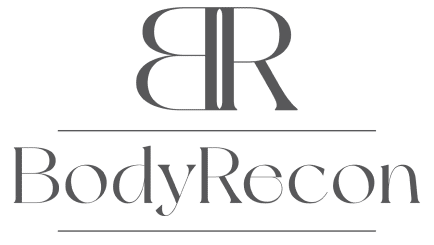ABOUT FACIAL FAT GRAFTING
Facial ageing is usually a combination of 3 processes. Firstly there is sag/stretch of the tissues, secondly there is a reduction in facial volume and thirdly there is the reduction in the elasticity and quality of the skin leading to a poorer complexion and wrinkles. Facial fat grafting is a powerful procedure that allows restoration of facial volume using fat harvested from another site of the body (usually tummy or inner thigh).
Fat grafting acts like any sort of graft – the tissue is removed from the donor site and reinserted into its new location. In order for it to survive it must gain a new blood supply, therefore the technique of facial fat grafting (or fat grafting in any other sites such as breasts) is very important.
Fat grafting not only allows restoration of facial volume but it is thought that stem cells within the fat graft also improve the quality of the skin and complexion. In general around a third of the volume that is transferred will disappear so it is common to slightly over fill areas with fat grafting to account for this.
The key areas most people require fat grafting in are the cheeks/malar area to enhance the cheek highlights as well as blending this into the lower eyelids/tear troughs. Other common areas that require re-volumisation are the brows, temples as well as the nasolabial folds and areas around the mouth/marionette lines. It is also possible to fat graft the lips and the tip of the nose as well. Facial fat grafting is a very safe procedure and can be performed as a day case.
Facial fat grafting is often performed in conjunction with a chemical peel as this does further significantly enhance the facial complexion. This combination of procedures gives very significant facial rejuvenation without any visible scars of surgery. Facial fat grafting is very safe though like in any surgery, there are potential risks and complications. In particular it is important that weight is kept stable following facial fat grafting as significant weight gain can lead to unwanted facial fullness. Apart from a chemical peel, fat grafting can also be combined with face and neck lift and eyelid surgery.
FREQUENTLY ASKED QUESTIONS
As a guide anyone who has lost any facial volume is a suitable candidate for fat grafting. This can occur with significant weight loss, occur naturally due to your genetics or occur with the passage of time and natural ageing. Anyone with reduced facial volume from virtually any causes is a good candidate for facial fat grafting.
Facial fat grafting is intended to be a permanent. However there is always a percentage of the fat that is transferred that will melt away. Usually around 2/3 of the fat transferred to the face will stay behind. Natural attrition/loss of fat will occur with ageing. Occasionally patients come back for a second or even third episode of fat grafting if they would like a further volume increase.
There is very little downtime with facial fat grafting. The procedure is performed as a day case with anaesthesia but you will be feeling fine a day or two after the procedure. There will be some slight bruising from the donor site (usually tummy or inner thigh) and some minor bruising of the face. There will also be some swelling. the swelling and bruising usually resolve after a week or so but the final result can be measured at around 6 weeks to 3 months.
No you do not need a GP referral for facial fat grafting. Occasionally fat grafting is performed for medial reasons such as severe facial asymmetry and if this is the case then a referral is required.
Facial fat grafting has a surgical fee of around $5,000 – $7,000 and there is additional hospital and anaesthetic costs. The fat grafting is commonly performed in conjunction with a chemical peel, for which there is an additional cost.
For comprehensive fat grafting general anaesthetic is a much better option however very small areas of fat grafting can be performed under local anaesthetic.
Fat grafting is performed at St John of God Hospital or The Epworth Hospital in either main theatres or day surgery theatres.
Any surgical or invasive procedure carries risks. Before proceeding, you should seek a second opinion from an appropriately qualified health practitioner.
Interested in learning more? Book a consultation today.

